In our previous article, we talked about the importance of an omnichannel user experience. An effective and properly designed omnichannel ecosystem results in an exceptional user experience.
In this Article
The first thing that needs to be done is for your business to understand and conduct user research on the user journeys in which your customers take to complete their desired tasks across multiple devices and channels.
Customers often own several devices and with that, comes with different channels of interaction with the same business. These interactions are opportunities that need to be met with new and improved holistic experience, separate interactions are of the past. A successful omnichannel user experience is crucial in meeting customers’ expectations.
Consistency is one of the five key components of a successful omnichannel user experience, it is vital for building trust with customers across channels, regardless of platform.
Think about it, your customers can interact with your business across every available channel, whether it’s through web, mobile devices, email, kiosks, social media, online chat, or physical locations like storefronts or service centers.
Any business that has a multichannel ecosystem must aim to coordinate their independent channel interactions into a cohesive and consistent customer experience.
The Importance of a Consistent Omnichannel User Experience
Customers are exposed to numerous channel experience as they move from channel to channel, whether it’s to complete a specific task or to take on different tasks over time.
The visual design, content, tone of voice and functionality significantly influences these channel experiences, it’s important that these elements are consistent throughout various channels. Doing so improves the customer experience of your business, as well as the brand image. Furthermore, the benefits of a consistent omnichannel user experience includes:
- Trust: We like consistency in our lives, and users crave consistency because when things always behave the same way, users don’t need to worry about what will happen. Providing consistent experiences across your channels will build trust and credibility with users.
- Learnability: Users are better able to learn and pick things up when it’s a consistent experience, especially if they have interacted with your business across other channels.
- Efficiency: Users are able to complete tasks more efficiently and at a much faster rate when the design and features are consistent.
- Familiarity: Consistency also reinforces familiarity in the users’ mind, it sets expectations for any future interactions with your business and it also builds user confidence.
How to Create a Consistent Omnichannel User Experience
Creating a consistent omnichannel user experience is quite straightforward. The key is to apply consistency across your entire channel ecosystem in 3 main areas, doing so creates a holistic omnichannel user experience.
1. Core Functionality
The first step to applying consistency is to look at your main products/services. Look closely and list down which features and functions are the core components of your business: what are the most important tasks that customers need to complete? What are the most common tasks that customers do?
The channel experiences must at least support these core components on every single channel. Different channels do have different capabilities and limitations, and some tasks are more optimized and supported on one channel than the other.
However, we can’t assume that because a channel isn’t optimized for a particular task that users won’t try to use that channel to complete that particular task. It’s also important to consider that users simply don’t have access to the most optimal channel all the time.
Instead of simply supporting tasks, the core features and workflow should maintain consistency throughout all channels. Creating a similar interaction style on all the different channels not only enforces familiarity but also strengthens your brand image. Furthermore, because of the similarities, users can take advantage of any knowledge they have acquired in their previous interactions.
Example: Inconsistent Omnichannel User Experience
When attempting to get a quote from Etiqa’s desktop website (an insurance provider), the call-to-action (CTA) button is disabled and greyed out because the user hasn’t completed the entire form.
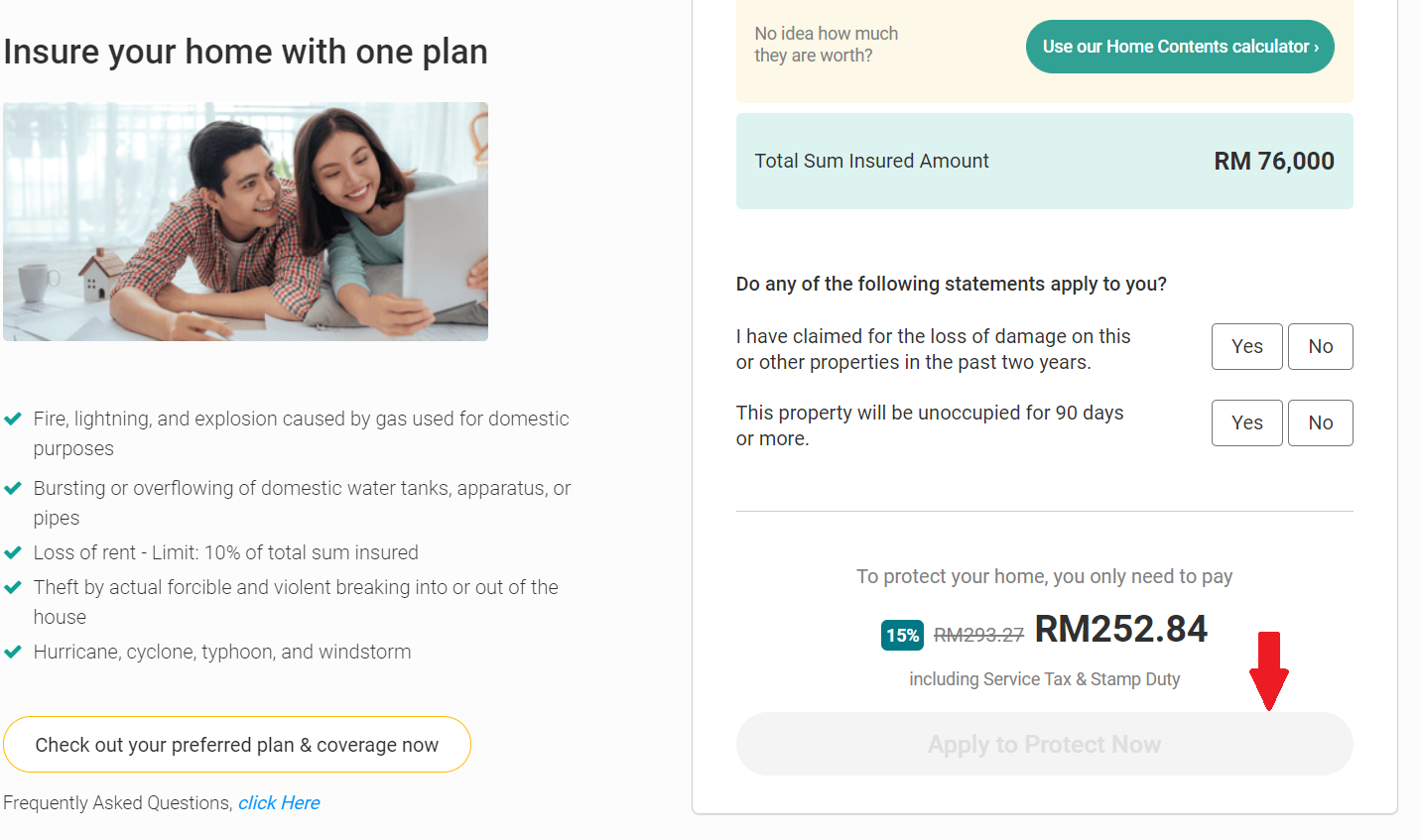
However, there is an inconsistency between the desktop channel and the mobile channel because when the user attempts to buy insurance using their mobile phone, the call-to-action (CTA) button isn’t greyed out, and isn’t disabled either. Instead, it’s a bright orange and clickable before any fields on the form are filled. So when users try to complete their task and proceed without completing all the fields, the button is clickable but nothing happens.
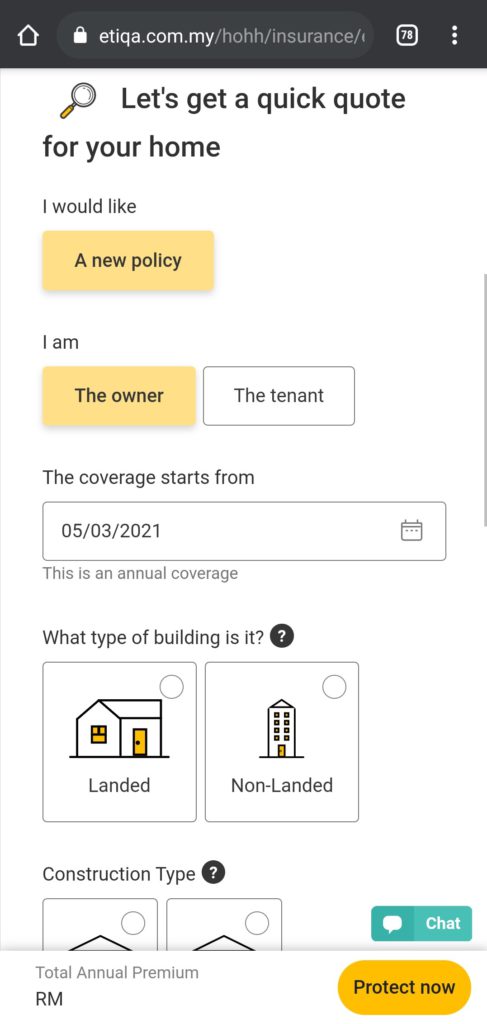
This is just a small example of many instances we still see today where there are many inconsistencies between the various channels. And although consistency is important, it’s important to note that it’s sometimes acceptable to compromise consistency if it’s necessary to provide an appropriately optimized experience that is suitable for each channel.
2. Customer Data
Customers see your business as one company, they don’t see the separation between channels as the organization does. Because of this, customers expect to see real-time, consistent, and valid data through their journey from one channel to another.
In order to deliver consistent information across all channels, businesses must create an integrated backend systems that supports sharing and updates on the fly.
Perhaps you’ve had an incident with a food delivery partner where items in your order were missing. Following that, you reach out to the help centre, either through the online chat or a phone call to lodge a report. The situation was resolved and the help centre has agreed to a refund for the missing items.
Imagine then if the refund isn’t reflected in your account even though it’s been a working day, and after contacting the help centre again, they said it will be credited tomorrow.
Now imagine how you would feel if the refund was arranged seamlessly and credited to you almost instantaneously after your chat with the help centre. As a customer, you wouldn’t need to go through the extra trouble of contacting them again to follow up. Furthermore, the instant response pacifies the customer, to a point that the mishap with the delivery is quickly left in the past.
Great customer service can help you retain customers and build customer loyalty. On the other hand, bad customer service where the customer needs to wait around doesn’t leave a good impression, they may prefer to order with your competitors next time.
When there is a lack of data continuity across channels, customers will question the capabilities of the business, and it forces customers to go through the hassle of unnecessary touchpoints to an already unpleasant experience. Customers aren’t expected to understand the complexities of your backend technologies or processes in order to trust your company with transactions.
3. Visual Design
Consistency in visual design across every channel goes a long way in portraying an image where your business is unified and fully integrated to customers.
A lot of e-commerce businesses do this well, they know that their customers shop on various platforms and do well to ensure that their visual design is consistent throughout various channels. Take Shopee for example, their visual design is consistently the same on desktop, mobile and tablet platforms.
Desktop: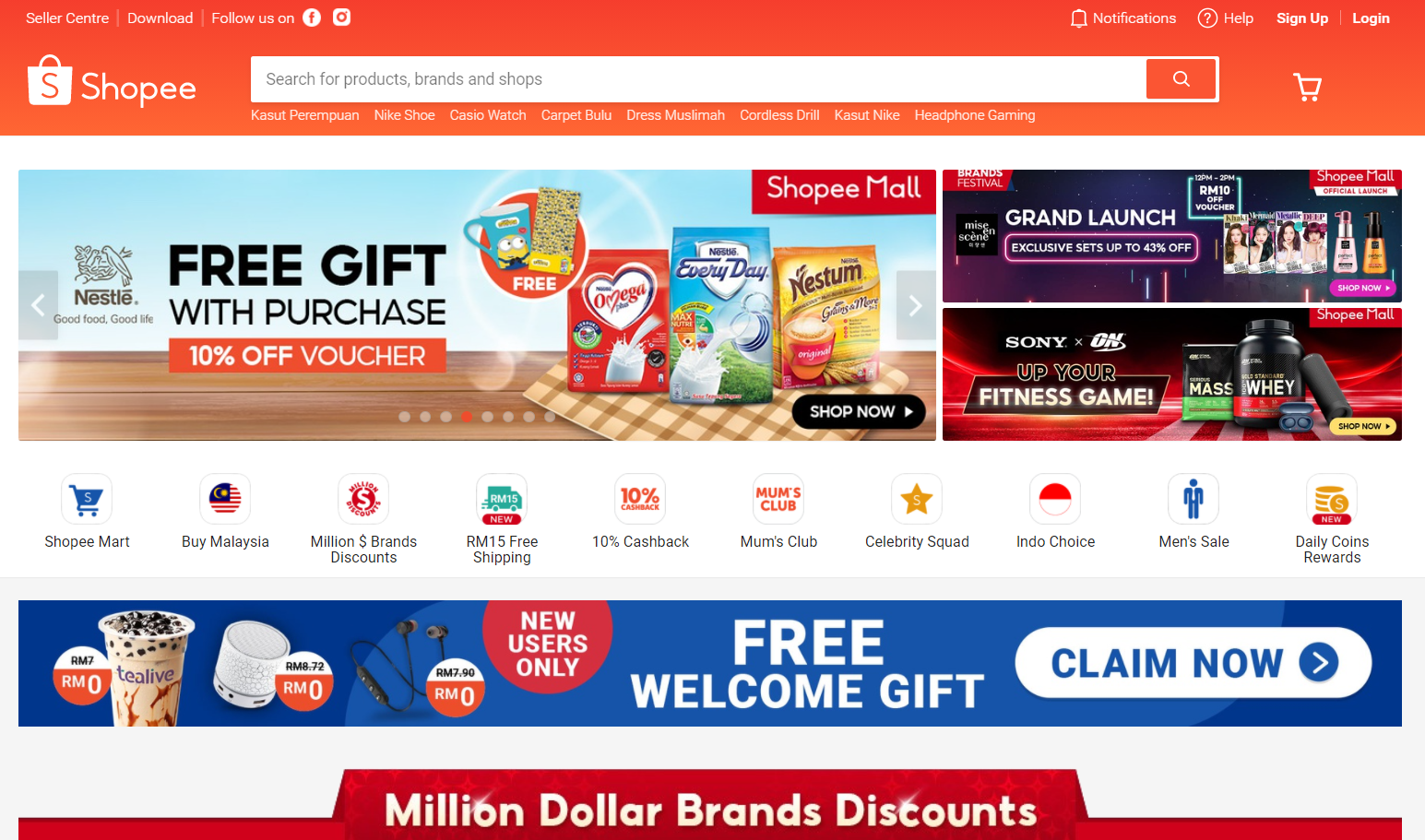
Mobile App:
Tablet: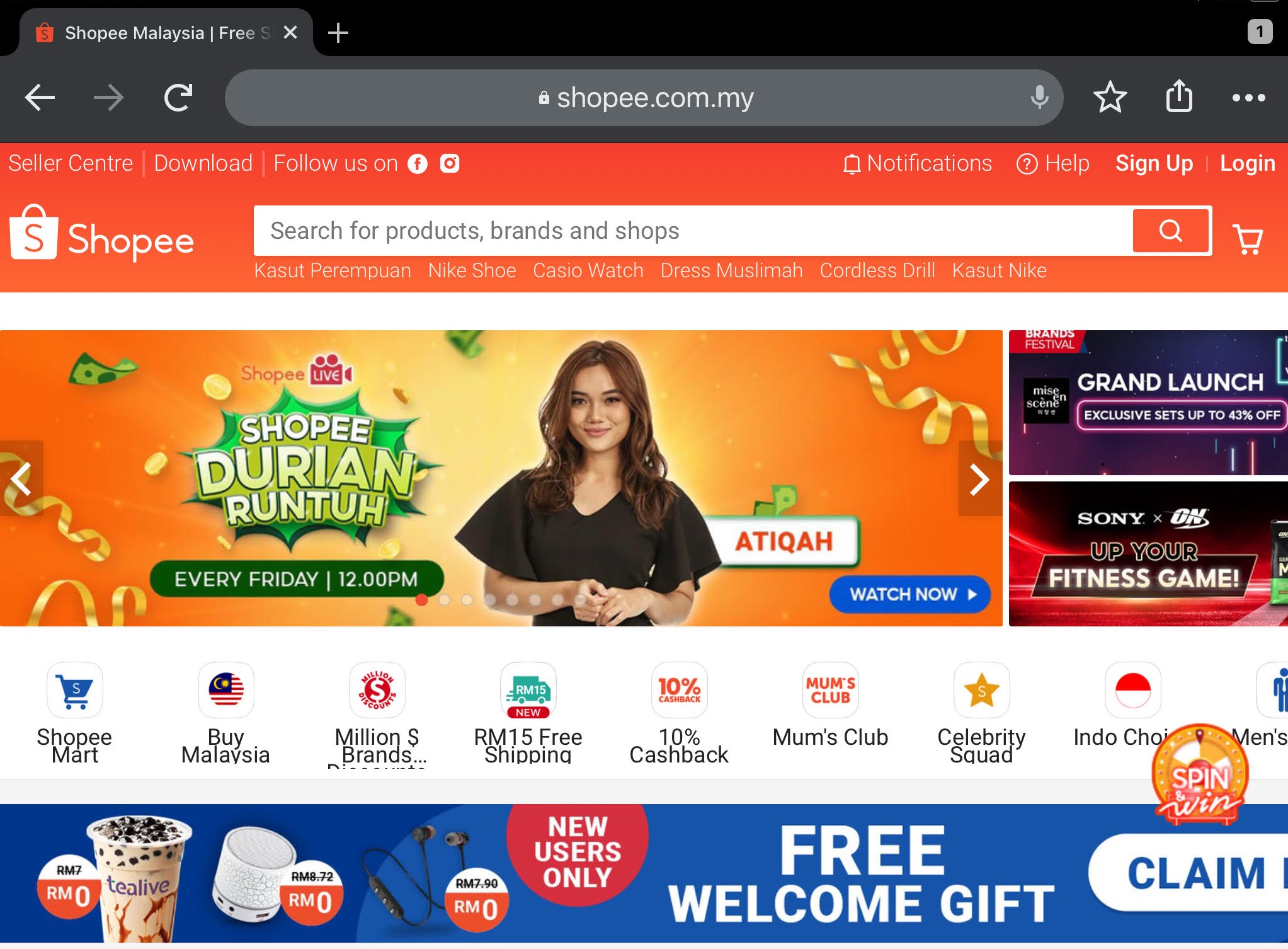
Visual design can also be extended to the products of your business, take Nespresso for example. A portion of coffee drinkers don’t really know the difference between linizio lungo or ispirazione ristretto italiano but what sets it apart is the choice of visual design that Nespresso has used to their advantage.
When customers shop on Nespresso’s website, every coffee product has a unique colour and design on every capsule as well as the box. So customers don’t need to remember the name of their preferred coffee, but can shop according to the colour.
Desktop: 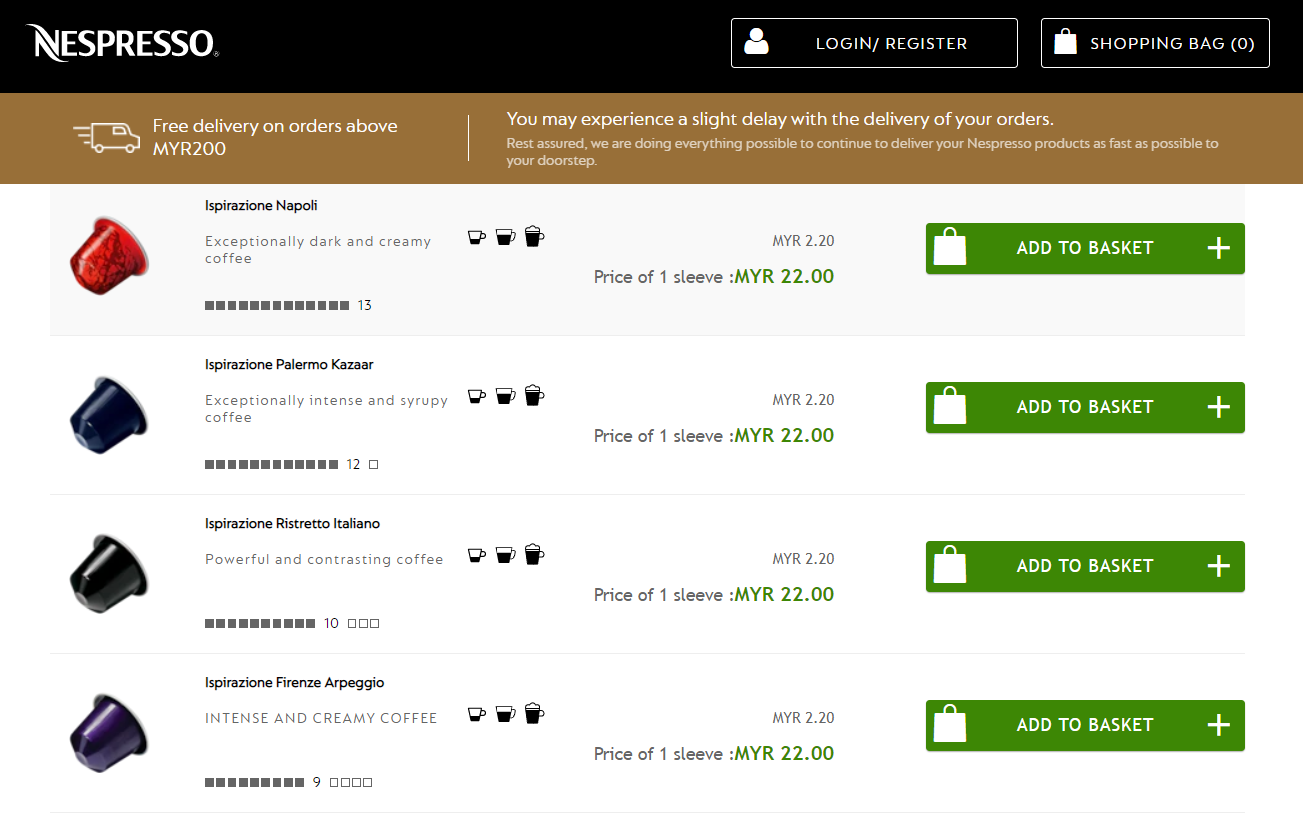
Mobile: 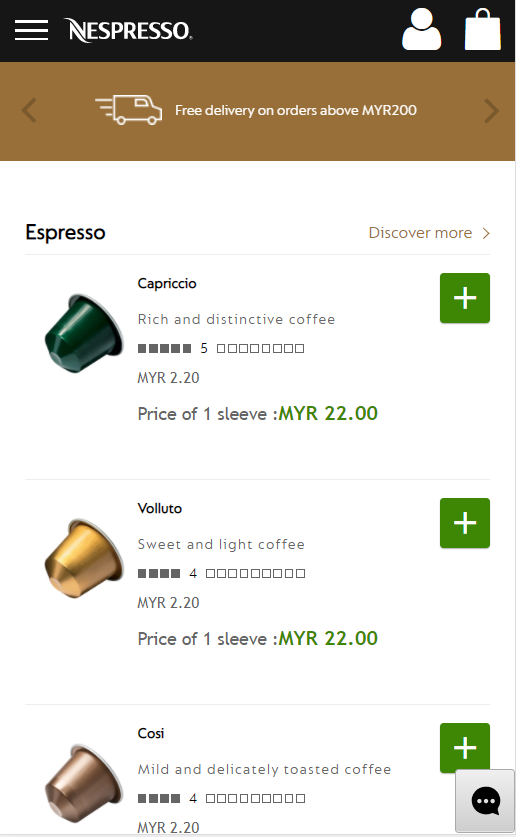
Email confirmation: 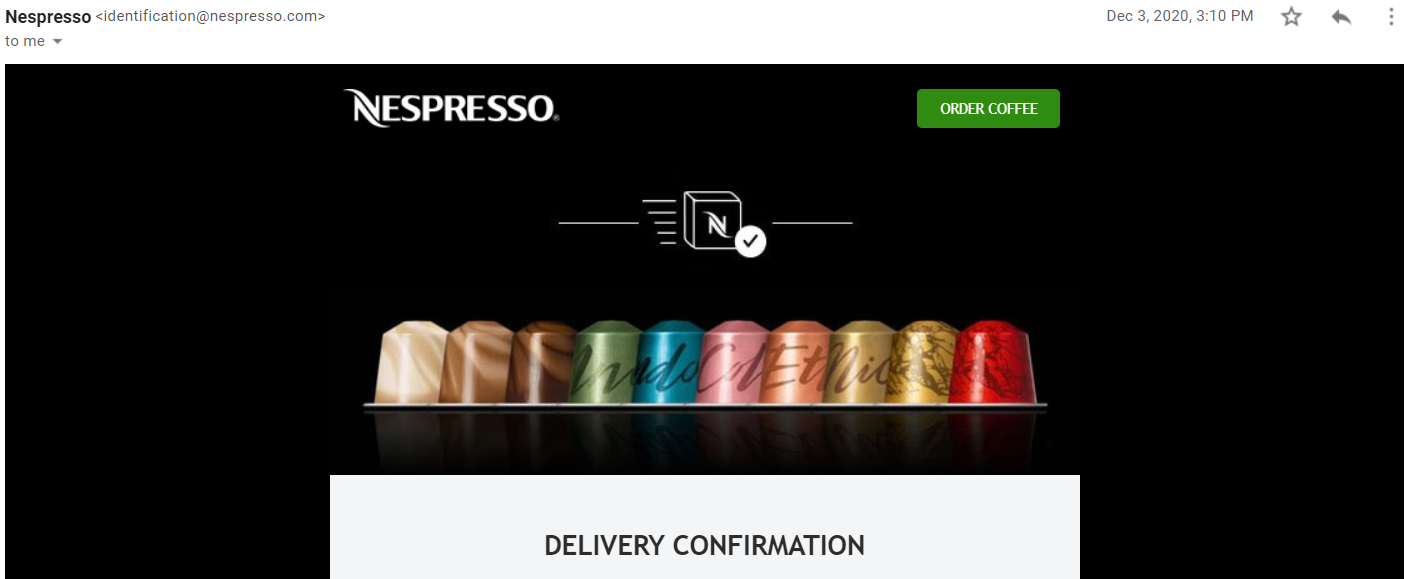
Physical products:
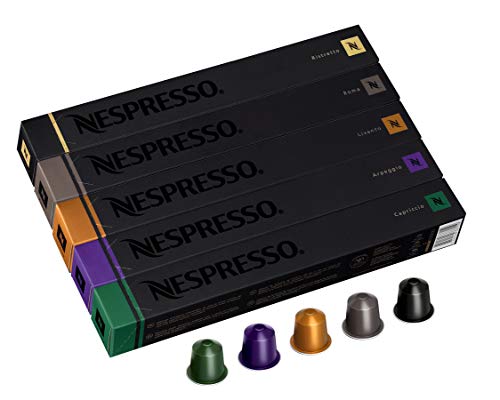
Nespresso’s visual design is consistent across every channel. The desktop website showcases the graphic of the coffee capsule, and the mobile website has the same colour scheme and graphics of the coffee capsule as well.
When customers proceed to buy, they receive an email confirmation in which the visual design remains consistent. After the order is delivered, we continue to see a consistent visual design in the products. Every single touchpoint of the customer’s journey is met with a consistent visual design and so it creates a holistic brand image and inspires trust in the customer due to the consistent omnichannel user experience.
Summary
When it comes to designing a larger user experience, it’s imperative to apply consistency throughout all the channels. A consistent omnichannel user experience builds trust with customers because every interaction contributes to the overall user experience, and it also builds up your brand image.
If the user experience isn’t consistent throughout the channels, customers will question the credibility of your business.
Consistency is one of the five key components to creating a successful omnichannel user experience. Aside from making it consistent, it must also be optimized for context, seamless, orchestrated and collaborative.

